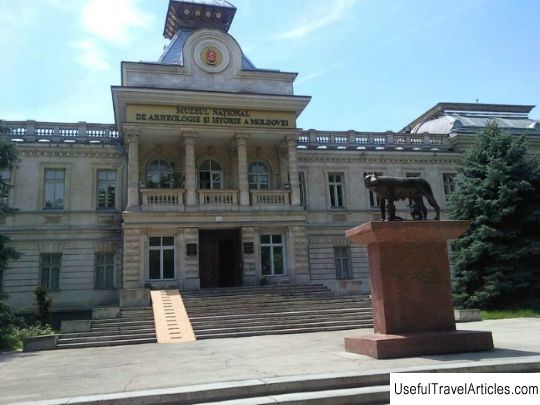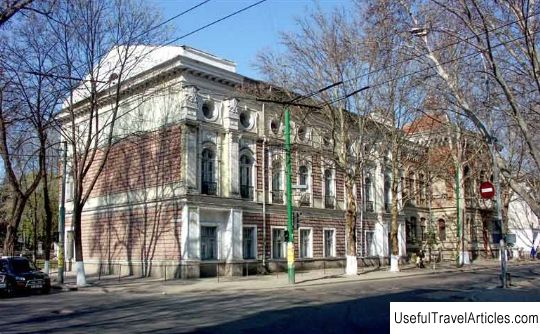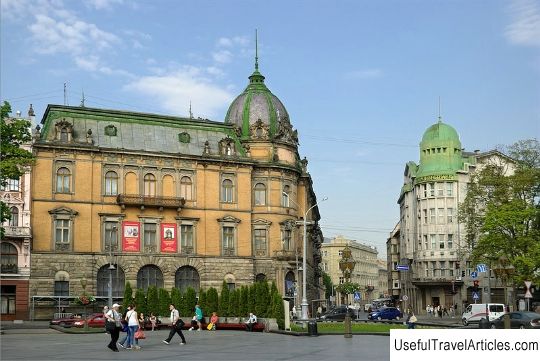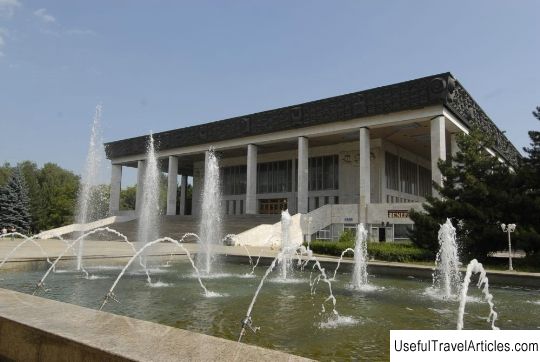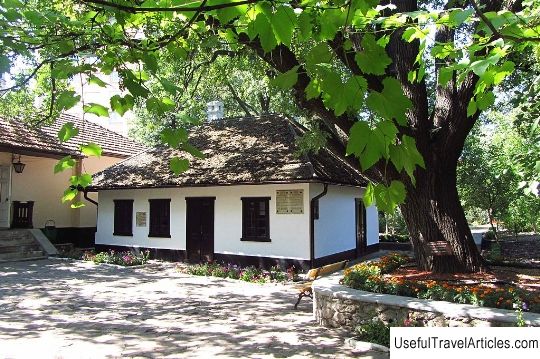National Museum of Ethnography and Natural History description and photos - Moldova: Chisinau
Rating: 8,0/10 (600 votes) 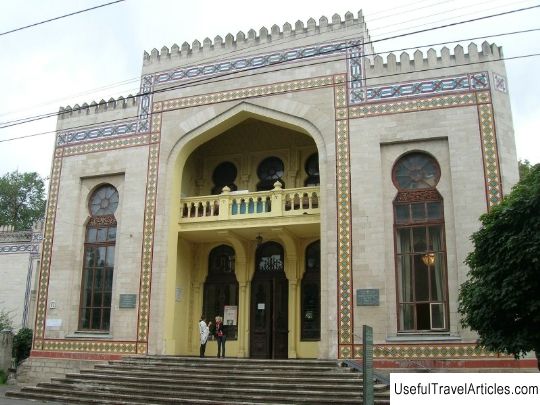
National Museum of Ethnography and Natural History description and photos - Moldova: Chisinau. Detailed information about the attraction. Description, photos and a map showing the nearest significant objects. Photo and descriptionThe National Museum of Ethnography and Natural History is the oldest and largest museum in Moldova. It is located in the capital of the country - Chisinau, on M. Kogylniceanu street. The initiator of the creation of the museum was Baron A. Stewart. Founded in October 1889 as a museum of agriculture, it was housed in a different building. The institution has repeatedly changed its name, but despite this, the main idea - the study of the culture and nature of the historical region of Bessarabia - remained unchanged. Initially, all exhibitions were housed in a different building, since at that time there was no other free space to store them. To select an architect for the agricultural, handicraft and zoological museum of the Bessarabian zemstvo, a competition was announced, in which V. Tsyganko won. In 1905 g. the architect designed a new building for the museum, the construction of which was completed in 1907. After that, all museum exhibits were moved to a new location. The building was made in a pseudo-Moorish style with a charming balcony and original window openings. Today the National Museum of Ethnography and Natural History is an important scientific and cultural center of Bessarabia, known far beyond the borders of the country. The museum consists of two rooms. The first hall is dedicated to the flora and fauna of Moldova. It visually demonstrates to museum visitors how the flora and fauna looked several thousand years ago and how it looks today. The second hall acquaints guests with the history of the country, the population, their customs and culture. Here are presented ancient household items, national costumes, traditional home interior, scene from a local wedding and much more. The museum displays a huge number of geological, paleontological, archaeological, zoological, entomological, ethnographic and numismatic collections. One of the main exhibits and pride of the museum is the skeleton of the dinotherium, found by scientists in 1966 Another feature of the museum is the botanical garden located next to it, founded in 1906. It is the first botanical garden in Bessarabia. The garden still exists today and continues to delight both locals and visitors alike with its plants and fresh air.         We also recommend reading Porta Saint-Martin description and photos - France: Paris Topic: National Museum of Ethnography and Natural History description and photos - Moldova: Chisinau. |
